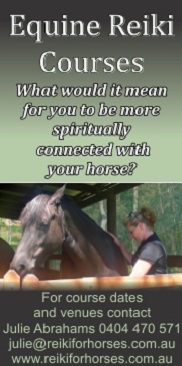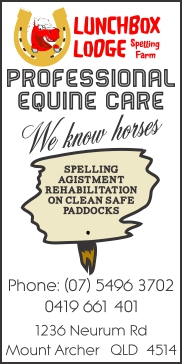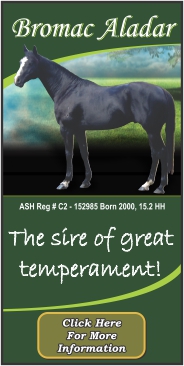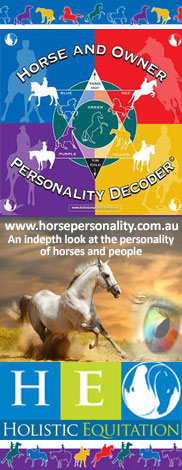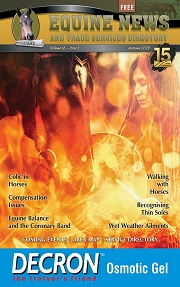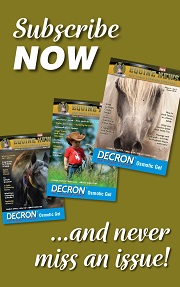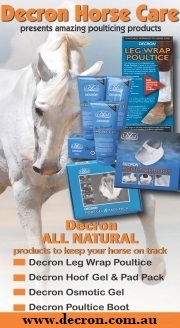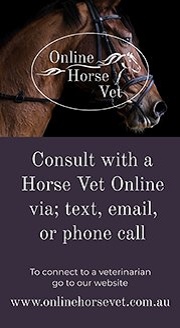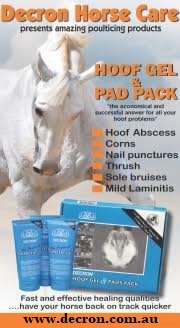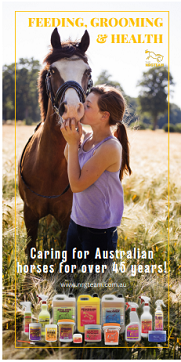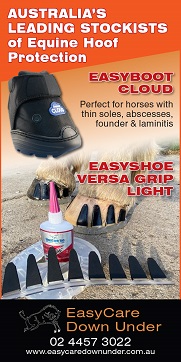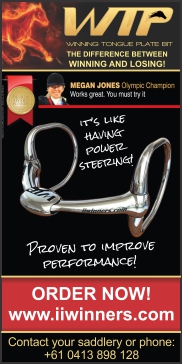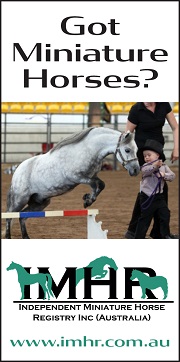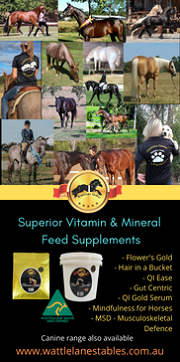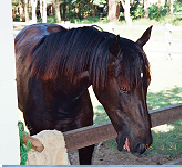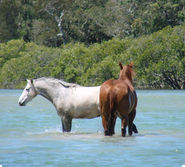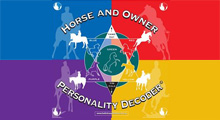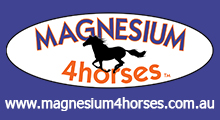by Jane Clothier – Balanced Horse

One of the most frustrating things for an owner can be to have a horse who windsucks. Known variously as a habit, vice or stereotypy, windsucking is all the more problematic because there is no single remedial approach that works for all horses. In fact, some horses will never stop. The habit is not just annoying to watch, as it’s associated with a range of physical problems, including ulcers, colic, dental and musculoskeletal issues, and poor condition. For this reason, vets making pre-purchase checks will often fail a horse because it’s a windsucker.
It’s worth clearing up some terminology before continuing. Windsucking is known as a stereotypy, which is ‘’the constant repetition of certain meaningless gestures or movements.” There is a close link between the stereotypies of windsucking and cribbing: when a horse clamps its teeth onto a fence post, stable door or manger and noisily gulps air, it is cribbing or crib-biting, whereas with windsucking, the horse doesn’t need a solid object to grip onto. It simply opens the mouth, contracts the pharyngeal muscles, flexes the neck muscles and proceeds to swallow or expel air, usually with a noisy grunting sound. In Australia, the term windsucking tends to be used for both types of behaviour.
Windsucking usually develops amongst horses that are stabled for long periods of time, without opportunity for free paddock exercise and grazing. In this country, the majority of windsuckers are ex-racehorses, although by extending the environmental factor to include day yards on dirt, we encounter a smattering of other breeds too. However, the link with stabling is one of the few things that are truly understood about the problem. Opinion is divided as to whether this is a mental problem due to boredom and stress of confinement, or a nutritional one relating to the diet fed to the stabled horse.
The case for boredom and stress is that the horse, unable to express it’s natural urges to graze and move around, becomes stressed and starts to bite the available surfaces in the stable before starting to gulp air for a calming, painkilling endorphin release. The diet school of thought holds that large feeds, without constant grazing, mean that the horse’s stomach is empty for hours and then over-full for short periods. Infrequent feeds mean there is little production of saliva, which neutralises the digestive acid. Consequently, the acid damages the empty stomach’s walls. High starch, grain-based diets further aggravate the ulcers. The horse then windsucks for an endorphin release, which has painkilling benefits. Others say that the arched neck posture directly relieves the stomach pain.
The exact interrelationships of cause and effect have yet to be established, but as up to 80% of performance horses are believed to have ulcers (Ranvet) and windsuckers are usually performance horses, it’s likely that your windsucker has them. Vets can scope for them if suspected, so look out for common signs, such as the dull coat and poor condition, picky eating, irritability at being groomed, teeth grinding, etc. A change of diet to one rich in fat and fibre, plus the use of a proprietary treatment (Gastrogard or Settlex) or herbal antacids (such as slippery elm or aloe vera liquid) is beneficial and has been seen to alleviate the windsucking too.
Ulcers are just one problem associated with active windsucking. These horses are also more prone to colic associated with reduced gut motility, particularly epiploic foramen entrapment (trapped intestine). Windsuckers are reported to be nearly 70 times more likely to develop this kind of colic, which usually requires surgery condition.
One area of much discussion is whether horses can learn to windsuck or crib from one another. The scientific body says there is no evidence of this, but individual reports say that it happens. The argument against goes that horses close enough to copy one another also share an environment, so are likely to develop similar problems. Those arguing for say that horses learn many things by watching each other, so why not stereotypies too?
Plenty of other discussions spring up as to what to do to stop your horse windsucking. These range from the simplistic (never stable the horse) to the invasive (surgery on the nerves to the muscles involved in arching the neck) and the harsh (metal rings inserted between the upper incisors to prevent post-grabbing).
The most common approach is to use a windsucking collar, which restricts the throat when the horse flexes its neck and prevents expansion of the oesophagus when it attempts to gulp air. These can prevent the habit, although not every collar works for every horse due to conformational differences. There are also collars similar to dog training collars, which deliver a small static electricity charge as a deterrent.
Some owners find that the horse resumes windsucking once the collar is removed. This raises the undeniable fact that for many horses, windsucking is an entrenched habit that remains long after the original causes are removed. This is likely to relate to how long the problem pre-existed before intervention. Such horses are, quite simply, hooked and still enjoy getting their endorphin fixes, no matter how improved their living conditions now are.
Owners can also deter the horse by making its props in the paddock unavailable, painting smelly creosote or bad-tasting grease applications onto posts, or running electric wiring around the fencing (even this can fail, with some horses even holding onto their own legs in order to windsuck!). If little grazing is available in dry areas, positive distractions can also be offered, such as treat balls or horse balls. Freely available hay keeps a horse occupied and also fulfils the dietary requirement of roughage for ulcers.
Many owners of ex-racehorses feel satisfied with having a sensible and happy horse that’s a great ride, so decide to live with the windsucking rather than attempt to cure it. Even so, the effects on the horse’s health shouldn’t be overlooked. Dental health also needs to be monitored, as excessive wearing of the front upper incisors can occur. This will affect the horse’s grazing and therefore feed intake levels. Some veteran windsuckers with access to metal gates have been seen with the tongue permanently hanging from the mouth, as dental wear has been so bad.
The windsucking horse will usually have physical issues in its neck. The cervical muscles can become incredibly tight, contributing to vertebral misalignment, especially of the atlas and axis. Muscular problems can extend to the shoulders, and over the withers to the thoracic area beneath the saddle gullet. Such levels of tension can have a far-reaching effect on posture and movement, which will certainly affect the horse’s athleticism in ridden work.
Whether you own one already or are about to buy one, the important thing is to approach the windsucking horse with awareness of the problem. It’s not the end of the world, but this stereotypy does require some management to protect the health of your horse.








